Bamboo plywood is also called laminated bamboo lumber.
Here is the bamboo plywood manufacturing process:
1, Cutting down bamboo logs to the same size
The process of producing bamboo plywood begins with the selection of high-quality bamboo logs that have reached a maturity of 5-6 years. These bamboo logs are then carefully cut down to ensure that each log is of the same size and diameter, typically larger than 10cm.
The cutting process is crucial in determining the quality of the final product and is carried out with precision to minimize any waste. The large bamboo culms are then cut into smaller strips, which are ready to undergo further processing and treatment to become bamboo plywood.


2, Stem to strip
The next step is the removal of the outer skin (organic green layer) and inner skin (yellow layer) of the small strips. This process is called “Striping off” and is crucial in revealing the inner fibers of the bamboo, which will be used in the final product.
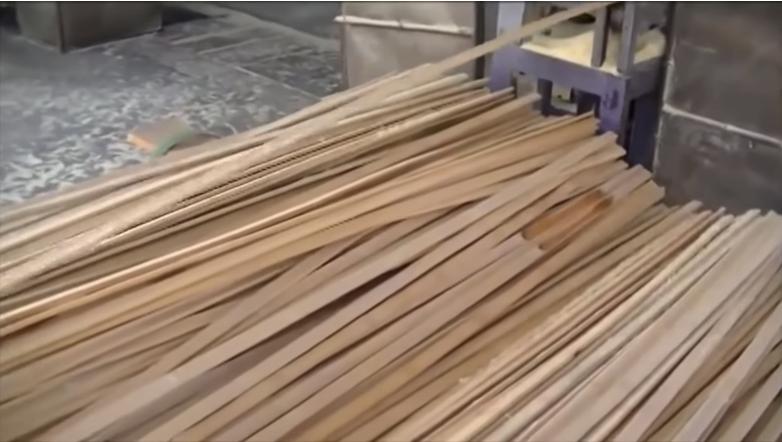
3, Carbonized
The carbonization process is a key step as it helps to enhance the durability and stability of bamboo strips. The bamboo strips are subjected to high heat and steam at 140°C to remove the starch and sugar content in the bamboo.


4, Drying
After carbonizing, they’re moved to large kilns for drying. This is a crucial step as it helps to lower the moisture content of the carbonized bamboo strips to 8%-12%.
When the moisture content is at this level, the bamboo strips are able to combine the glue in the most efficient manner, strengthening and stabilizing the strips.
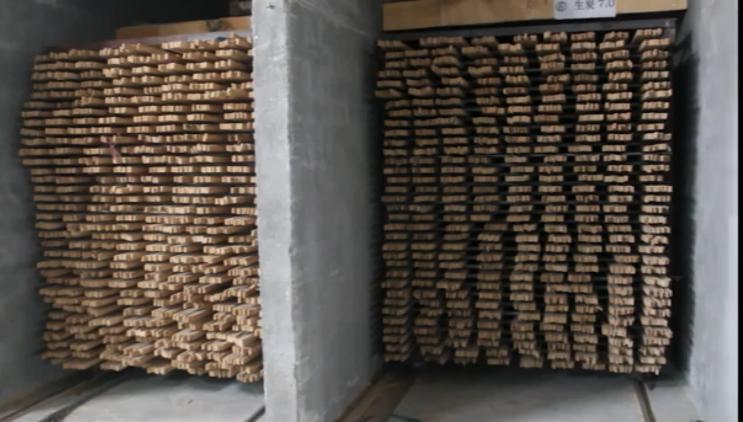
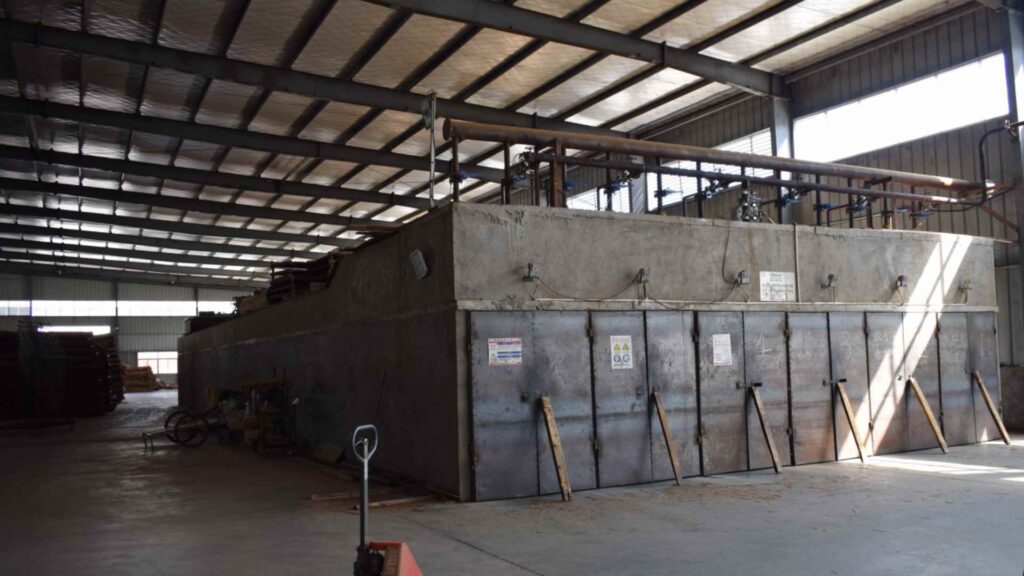
5, Squaring & Planing
This process will refine the bamboo pieces, planing the bamboo strips flat and ensuring all four angles are at 90 degrees.
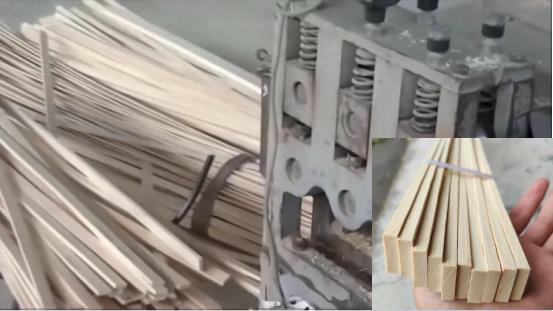
6, Sorting
We will sort the bamboo strips based on their color tone and quality before they’re glued.
Categorizing them by color can enhance the aesthetic appeal of the finished product.
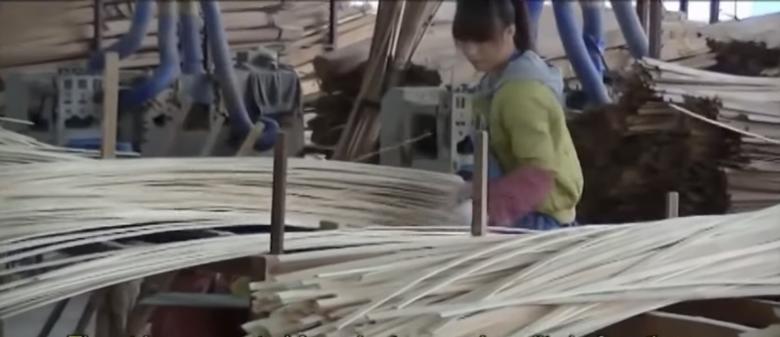
7, Gluing
The bamboo strips are coated with an adhesive, typically a waterproof and formaldehyde-free resin. This adhesive is designed to establish a robust and long-lasting bond between the strips.

8, Pressing
Place the neatly arranged bamboo strips into the hot press machine, where they are compressed under high pressure and temperature. This process results in the formation of solid and evenly textured boards.
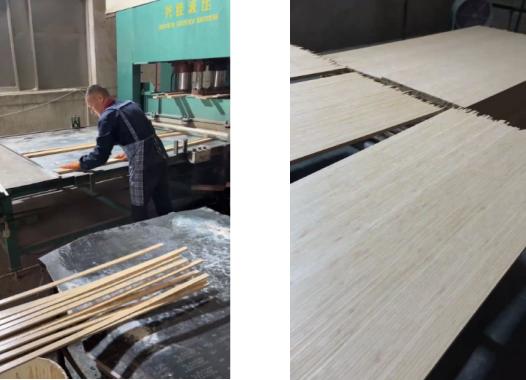
9, Refinement
The bamboo plywood will undergo sanding, trimming, and receive a finishing touch with a protective coating or stain. This process aims to enhance both its durability and visual appeal.

References


4 Responses
Hello Allen my name is Girish Sharma from Zambia. We want to start a bamboo plywood manufacturing project here in Zambia. How can you help us with some technical knowledge and process to make plywood. We also need guidance to select good quality machinery from China. We have available about 50 tons per day of bamboo. The bamboo species is Oxytenanthera Abyssinica. Please email me. Thanks
Very cool.
Hi Allen Chen, I am from india and I want to start bamboo plywood manufacturing unit in india, and I need whole knowledge of bamboo plywood manufacturing from you, how can you help me brother? Please reply me or email me.
Hello Allen chen.
I am Rajib from Bangladesh. I want to work with bamboo plywood. Need your help.